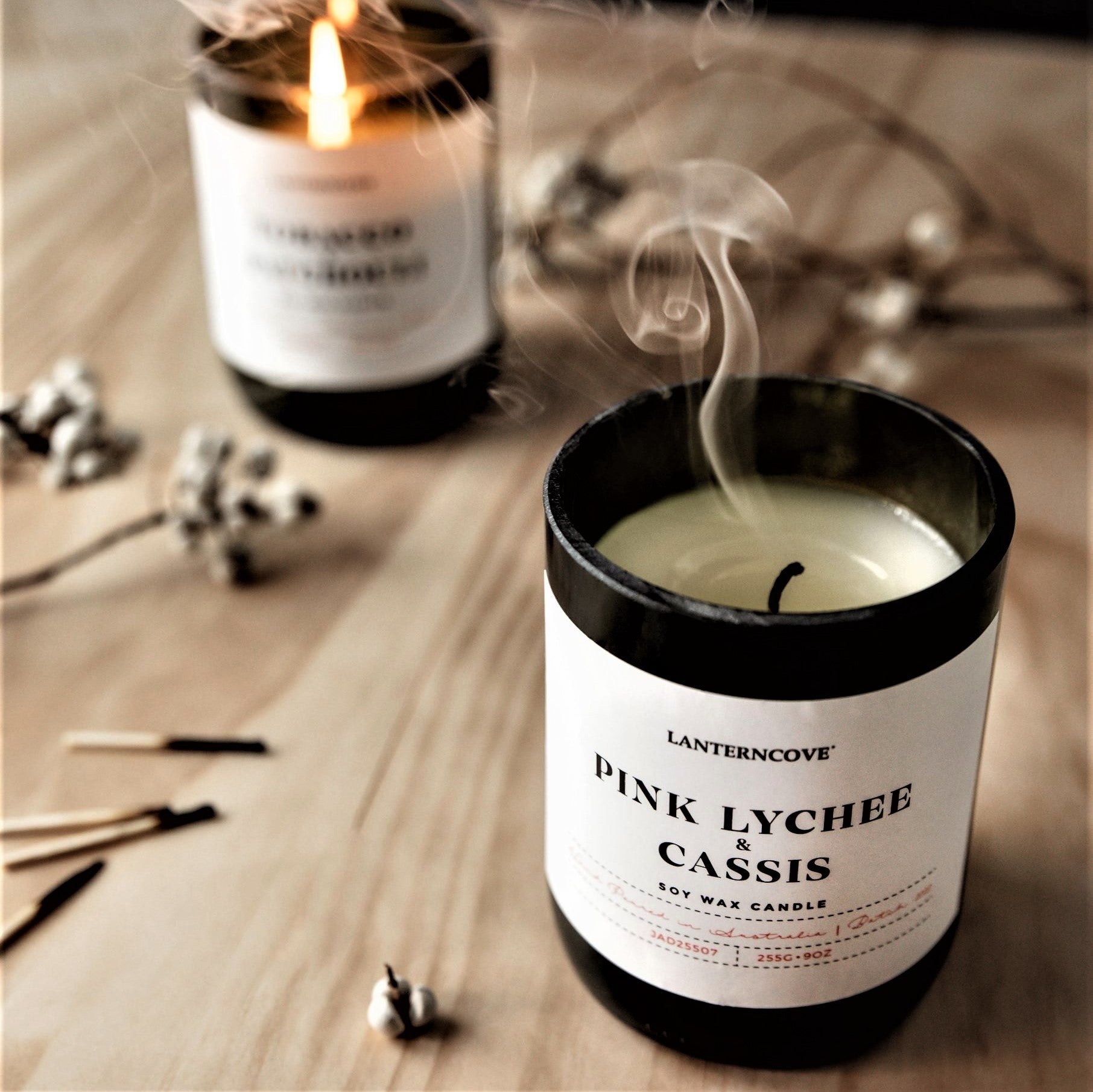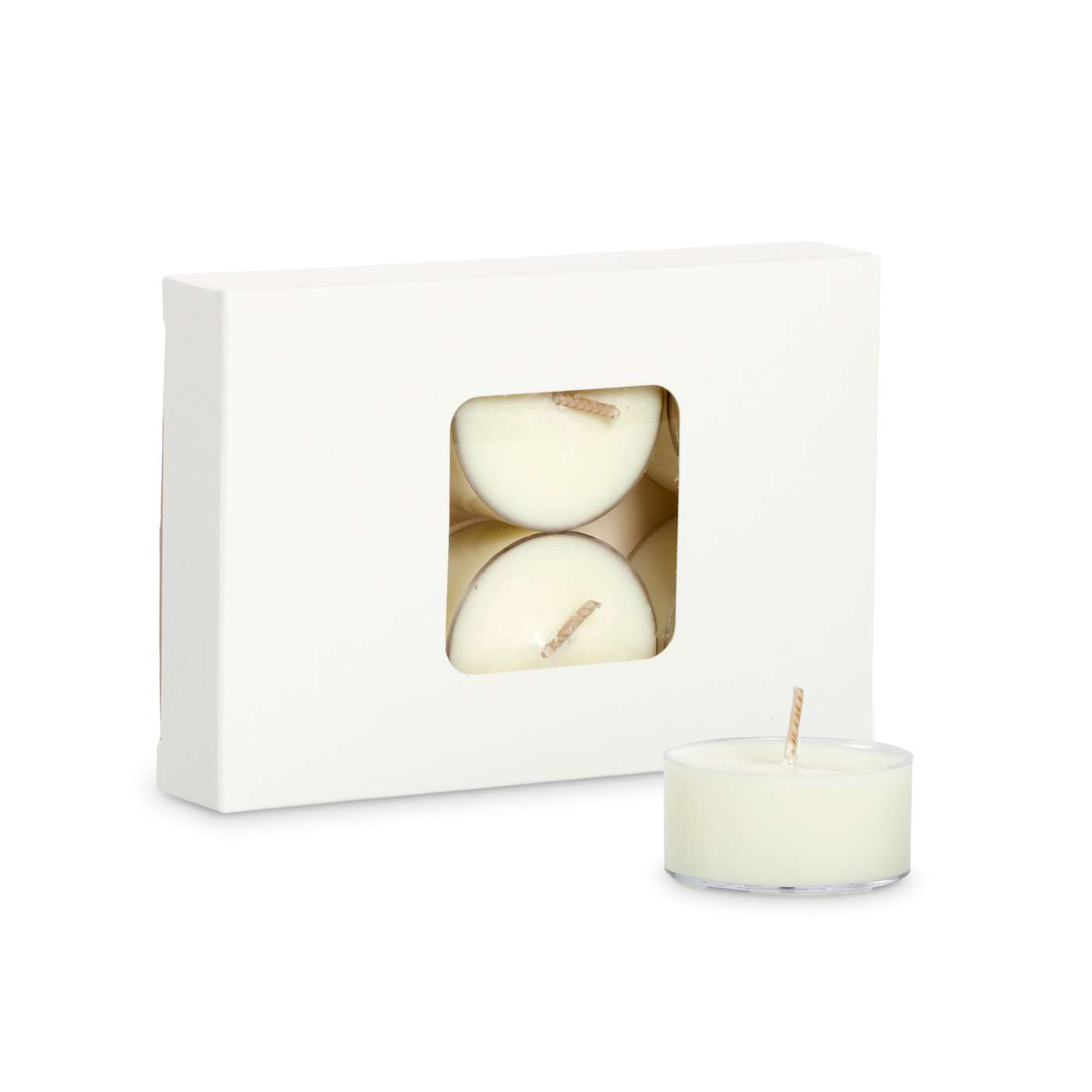Improve Your Living Space with Extravagant Soy Candles and Home Fragrance
Improve Your Living Space with Extravagant Soy Candles and Home Fragrance
Blog Article
From Wick to Wax: Understanding the Chemistry Behind Soy Wax Candles and Their Ecological Effect
As we illuminate our spaces with the warm radiance of candles, there lies a world of intricate chemistry behind the seemingly easy act of lighting a soy wax candle. Join us as we decipher the clinical intricacies behind soy wax candle lights and explore their effects on our environment.
Soy Wax Vs. Paraffin Wax
When comparing soy wax and paraffin wax for candle light production, it is vital to comprehend the distinct attributes and benefits of each product. Soy wax is a natural, renewable energy stemmed from soybean oil, making it environmentally friendly and biodegradable - home fragrance. In contrast, paraffin wax is a byproduct of oil refining, which elevates worries concerning its environmental effect and sustainability
Soy wax candle lights burn cleaner and discharge much less soot contrasted to paraffin wax candles, making them a much healthier selection for interior air top quality. Additionally, soy wax has a lower melting point, permitting a longer-lasting candle light that disperses scent better. Paraffin wax, on the various other hand, has a tendency to melt faster and much less easily, potentially launching harmful chemicals into the air.
From a sustainability viewpoint, soy wax is preferred for its biodegradability and renewable sourcing, lining up with the expanding customer preference for environmentally aware items. While paraffin wax has been a conventional option in candle making due to its affordability and ease of usage, the change in the direction of eco-friendly options like soy wax is acquiring energy in the market.
Chemical Structure of Soy Wax

Combustion Process in Soy Candles
The chemical structure of soy wax directly affects the combustion procedure in soy candles, impacting variables such as melt time, aroma launch, and environmental effect. When a soy candle is lit, the warmth from the flame melts the wax near the wick. This fluid wax is after that drawn up the wick due to capillary activity. As the liquid wax reaches the fire, it undertakes and vaporizes combustion. The burning procedure entails the vaporized hydrocarbons in the wax responding with oxygen in the air to create warm, light, water vapor, and co2.
The combustion efficiency of soy candles is affected by the pureness of the soy wax and the quality of the wick. In addition, soy wax candles have a reduced environmental impact compared to paraffin candles due to their eco-friendly and renewable nature.

Environmental Advantages of Soy Wax

Thought about a lasting alternative to traditional paraffin wax, soy wax offers noteworthy environmental advantages that make it a popular selection among eco-conscious customers. Soy wax burns cleaner and produces less soot than paraffin wax, contributing to far better interior air top quality and minimizing the demand for cleansing and maintenance. Overall, the environmental benefits of soy wax align with the expanding need for lasting and environment-friendly items in the market.
Recycling and Disposal Considerations
Reusing and correct disposal of soy wax candle lights play an essential duty in preserving environmental sustainability and reducing waste in communities and households. When it pertains to recycling soy wax candle lights, the very first step is to guarantee that the candle has shed completely. This can be attained by enabling the candle light to melt till the wick is no more usable, and after that allowing the staying wax cool and strengthen. As soon as the wax has strengthened, it can be carefully gotten rid of from the container.

In regards to disposal, if recycling is not a choice, soy wax candles are eco-friendly and can be securely thrown away in most home waste systems. Nonetheless, it is always recommended to consult regional reusing centers or waste monitoring solutions for certain standards on candle disposal to ensure proper handling and environmental management.
Conclusion
In verdict, the chemistry behind soy wax candle lights exposes their ecological advantages over paraffin wax candles. Soy wax, obtained from soybean oil, burns cleaner and generates much less residue when compared to paraffin wax.
When contrasting soy wax and paraffin wax for candle light making, it is necessary to recognize the distinctive attributes and advantages of each product (crystal soy candles).Soy wax candles burn cleaner and release much less soot compared to paraffin wax candle lights, making them a much healthier option for interior air top quality.Considered a lasting alternative to conventional paraffin wax, soy wax offers remarkable ecological advantages that make it a preferred selection among eco-conscious customers. Soy wax burns cleaner and produces less soot than paraffin wax, contributing to much better indoor air high quality and decreasing the demand for cleaning and upkeep.In verdict, the chemistry behind soy wax candle lights exposes their environmental advantages over paraffin wax candles
Report this page